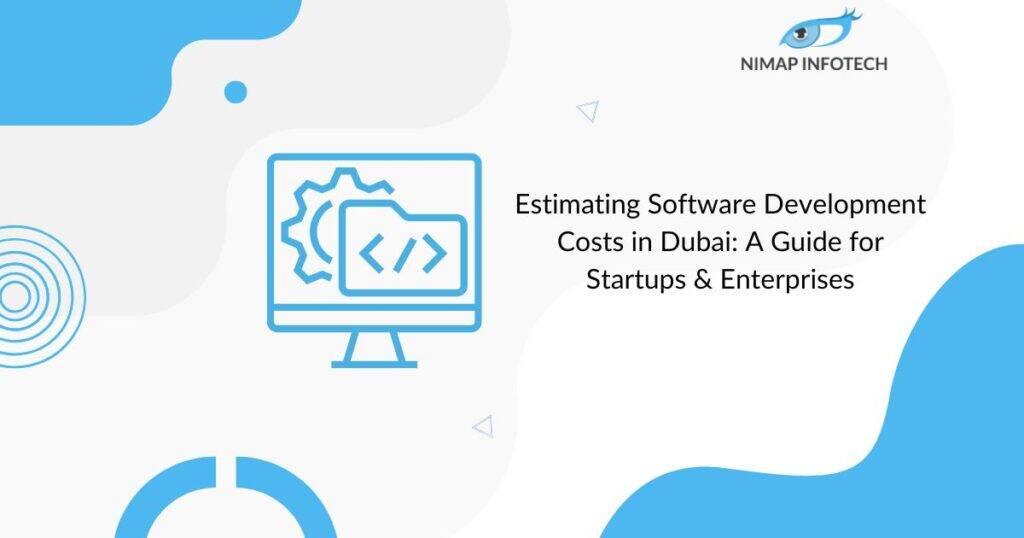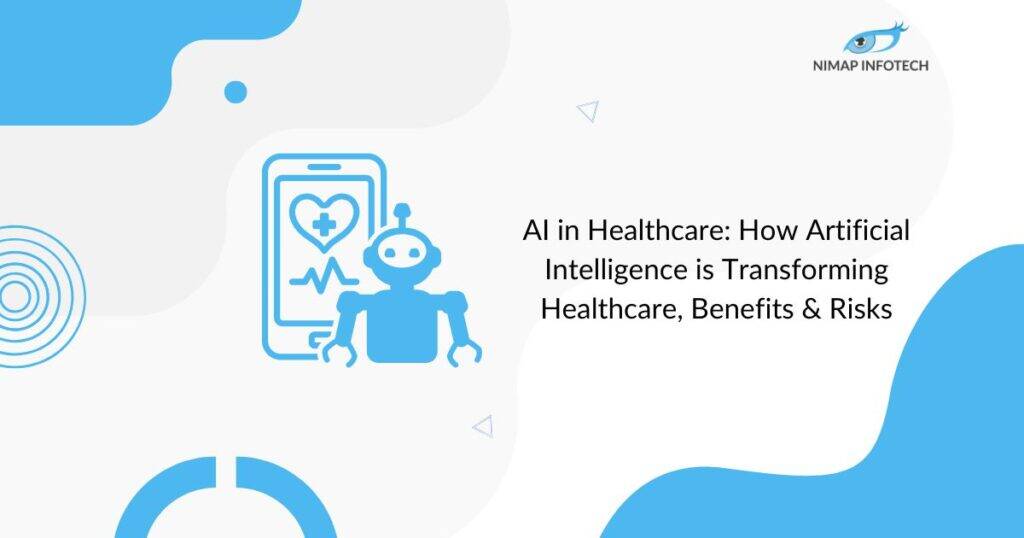Table of Contents
ToggleOverview
1. Augmented & Virtual Reality:
Many thought, AR and VR will only be limited to tourism as well as the hospitality industries, where people get the chance or tend to experience everything beforehand and then they go ahead by putting the money in the booking. This theory was broken into cracks when the smartphone game Pokémon Go was released. Pokémon Go singlehandedly emerged to become the flag bearer of Augmented Reality. It showed that the user today is ready for user experiences that are integrated with cross-screen functionality. For anyone who thinks PC will still be equally relevant for gaming, you need to think again.
It does not allow for the biggest feature a smartphone has – and that is portability. And Goldman Sachs agrees on this by predicting that by 2025 the Augmented Reality technology as well as the market for this tech will touch the $80 billion mark, which is the current size of the PC market. This very report has proven to show some highlights of the various applications of Augmented Reality and Virtual Reality. Though AR and VR have been going the rounds of tech circles as becoming the most used terms, they are yet to reach their wide range of applications in the smartphone category. So far, only the Gaming, Real Estate, Hospitality as well as the Tourism industries have seen some light into the applications of AR and VR tech. That said, Goldman Sachs also predicts that soon this tech will spread over Healthcare, Retail, Engineering and Education sectors as well. The simplest rule is – the more the number of applications, the more the downloads! So one thing is for sure, that AR as well as VR technology will only drive the already ongoing growth of smartphone apps that solves real problems.
2. Artificial Intelligence and Machine Learning:
AI has been all over the charts, with both developers and programmers as well as many users excited about it. Artificial Intelligence is going to become the collective term that imbibed Machine Learning, Natural Language Processing, Machine Vision as well as Knowledge Management. Gartner says that AI is going to be the topmost strategic tech trend for 2020. Major app products like Cortana, Google Allo, Hound, Siri as well as Recent News are already making use of and putting AI to good use.
Also Read: Trending Mobile App Design and Development Principles
3. Cloud-driven mobile apps:
This technology has simply allowed the users and visitors to get rid of the entire process of storing an app on their smartphone as well as all its data on their own phones. It allows you to store your data in the cloud that is on a remote server. And with the usage of an internet connection or a data connection. You can simply access your files and data, from anywhere, anytime only using your device.
This frees up space on the device and keeps it light enough in order to function as well as perform better. Developers and programmers see Cloud as the future of app development because it allows all the users to go beyond the device’s maximum storage capacities. Google Drive, Box and Dropbox are few examples to quote and these are some of the best known Cloud storage applications available for the users. Most of them provide users with free storage up to a great limit.
4. Internet of Things:
IoT has been a buzzword for quite some time now as far as smartphone apps are concerned. It stands for an ecosystem of devices where your gadgets can communicate amongst themselves. This is the technology that offers to personalize themselves according to your needs and preferences, without explicit instructions. Imagine, your alarm goes off in the morning and you wake up, and as you reach to your coffee maker, your coffee has already been heated. Your car sends you a text message saying whether it has enough fuel to reach office or not. IoT is meant to personalize and customize everything that is a part of your day to day life. Smart homes, connected cars as well as smart retail are being predicted to be the biggest applications happening for IoT.
5. Wearables:
A more sophisticated extension of IoT is going to be wearables, this has got their wave of popularity. This has made them surge with the launch of Google Glasses. That said, it got its ambitioned credit with Apple Watch as well as Fitbit. Largely, Wearables today only mean watches and fitness bands. This can definitely extend to eyeglasses, apparel as well as footwear in the coming near future. Smartphone apps will get new data sources to extract information from. This information will then help in personalizing the entire experience for the smartphone user.
Recommended Read: How Mobile Apps Will Impact The Workplace in 2024 & Beyond?
6. Beacons and Location-based services:
Stretching the personalizing spree that has been set by IoT as well as Wearables. Beacons are used to give users the flexibility of using location tracking systems at very resourceful costs. Beacons or Bluetooth Smart are nothing but transmitters that require low power. Tile is the most popular app that is using this technology. You can use the tiny devices for your perusal and attach them to anything or any device, which you are prone to lose. For example car keys, your phone and many more. And when the object or device is within a range of 100 ft. it will start beeping. When you are trying to look for it. Such technology has great application in that is being put to use in Security, Logistics and Tracking services.
7. M-Commerce:
M-Commerce is soon going to be the primary source of sales. That is overtaking both physical retail as well as e-commerce. This is evident by the proliferating user-base that is growing with mobile apps. This trend is spreading over to e-commerce giants like Amazon, and eBay. These companies have emerged to understand the relevance of smartphones are going to get better. They are how they empower buyers and shoppers to shop whenever and from wherever they want. These trends have the potential to change the fate as well as the face of the way we interact and use our smartphones. A closer look at our apps shows us that today the change has already begun!
Read More: 8 Mistakes to Avoid While Developing Mobile Application
Hope you like this blog on Mobile App Development Future Trends, if you are looking for a mobile app development service you can send us a mail at enquiry@nimapinfotech.com
Author
-

A technology enthusiast with over 14+ years of hands-on experience in the IT industry, I specialize in developing SaaS applications using Microsoft Technologies and the PEAN stack. I lead a team of 300+ engineers, holding multiple Microsoft certifications (MCSD, MCTS, MCPS, MCPD). My expertise spans across C#, ASP.NET, NodeJS, SQL Server, and Postgres.
View all posts









